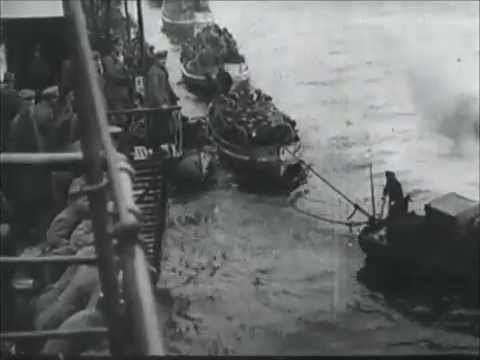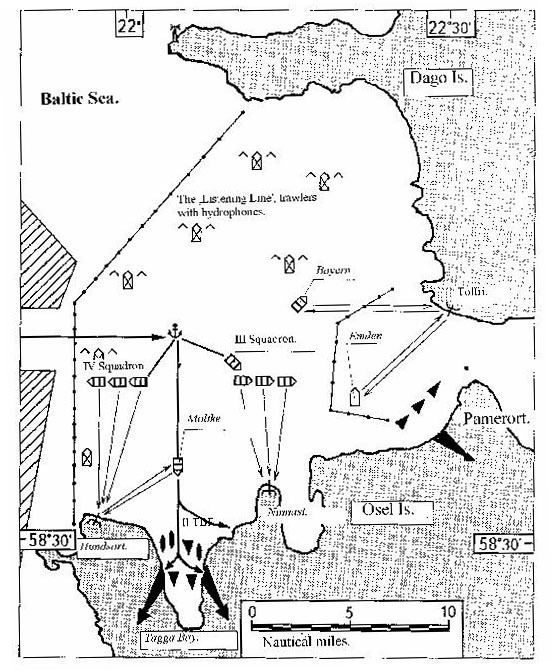 | ||
1 Battlecruiser10 Dreadnought battleships9 Light cruiser1 Mine cruisers50 Torpedo boats6 U-boats19 Transport ships6 airships102 combat aircraft24,500 Soldiers8500 Horses2400 Vehicles150 Machine guns54 Guns12 Mortars and ammunition 2 Pre-dreadnought battleships2 Cruiser1 Protected cruiser3 Gunboats21 Destroyers3 submarinesabout 24,000 soldiers 1 Torpedo boat destroyed7 Minesweepers destroyed9 Trawlers and auxiliary vessels destroyedMany ships damaged by mines5 aircraft shot down156 Dead and 60 wounded (Navy)54 Killed and 141 wounded (Army) Battleship Slava destroyedDestroyer Grom destroyedSubmarine HMS C32 destroyed20,130 men captured141 Guns (47 heavy) lost130 Machine guns lost40 aircraft lost Period September 1917 – October 1917 Similar World War I, Kerensky Offensive, Lake Naroch Offensive, Battle of the Vistula River, Second Battle of the Masur | ||
Operation Albion was the German land and naval operation from September–October 1917 to invade and occupy the West Estonian Archipelago, then part of the Autonomous Governorate of Estonia, Russian Republic. The land campaign opened with landings at the Tagalaht, Saaremaa on 11 October 1917, after extensive naval activity to clear mines and subdue coastal artillery batteries. The Germans secured the island by 16 October. The Russian Army evacuated Muhu on 18 October.
Contents
- Operation albion battle of empires bj s mod wwi edition 11
- Strategic significance
- German units
- Russian units
- British units
- References
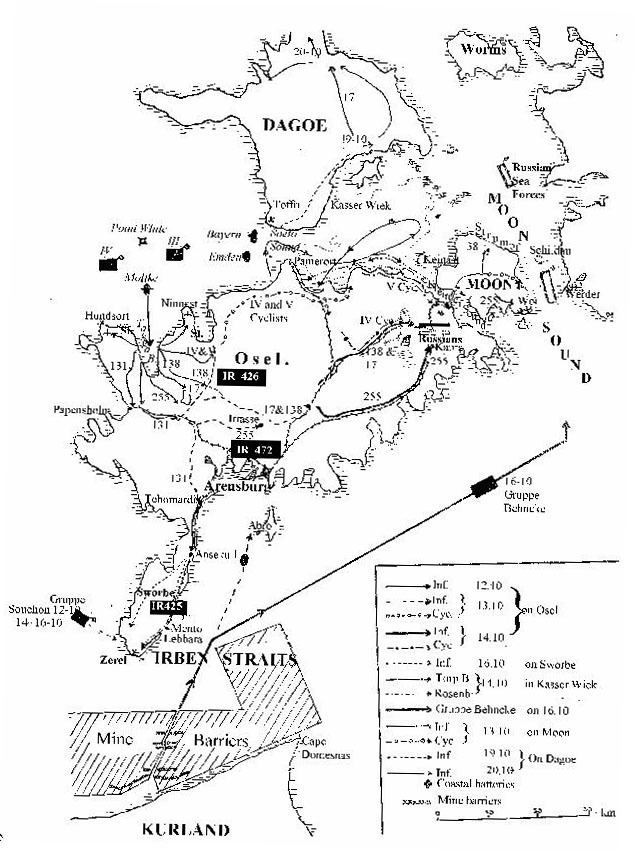
After two failed attempts, the Germans managed to land on Hiiumaa on 19 September and captured the island on the following day. The Russian Baltic Fleet had to withdraw from the Suur Strait after its losses at the Battle of Moon Sound. The Germans claimed 20,000 prisoners and 100 guns captured during the Operation Albion from 12 October.
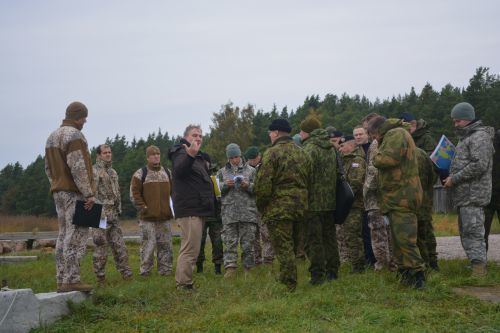
Operation albion battle of empires bj s mod wwi edition 11
Strategic significance
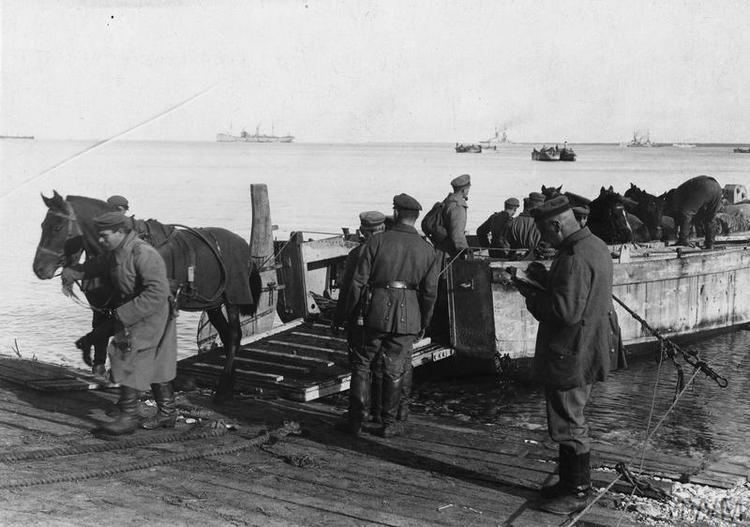
At the beginning of World War I the islands were of little importance to either Imperial Russia or Germany. After the revolutionary turmoil in Russia during 1917, the German high command believed capturing the islands would outflank Russian defences and lay St. Petersburg vulnerable to attack.
German units
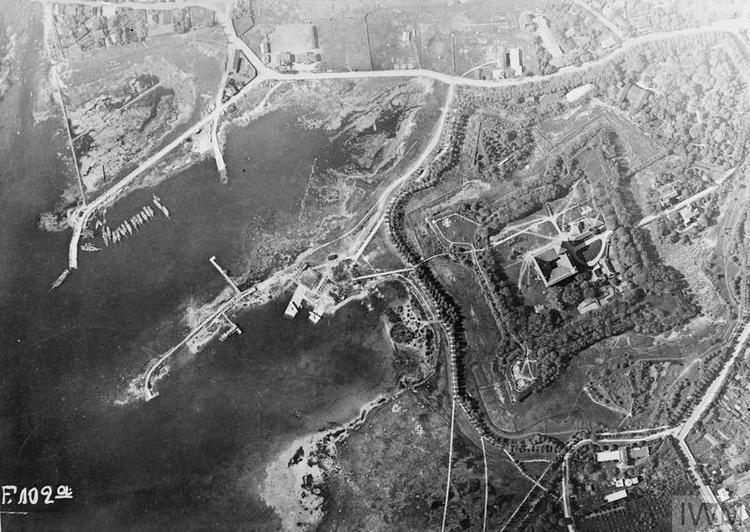
Russian units
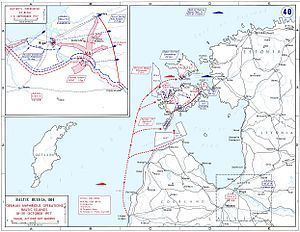
British units
